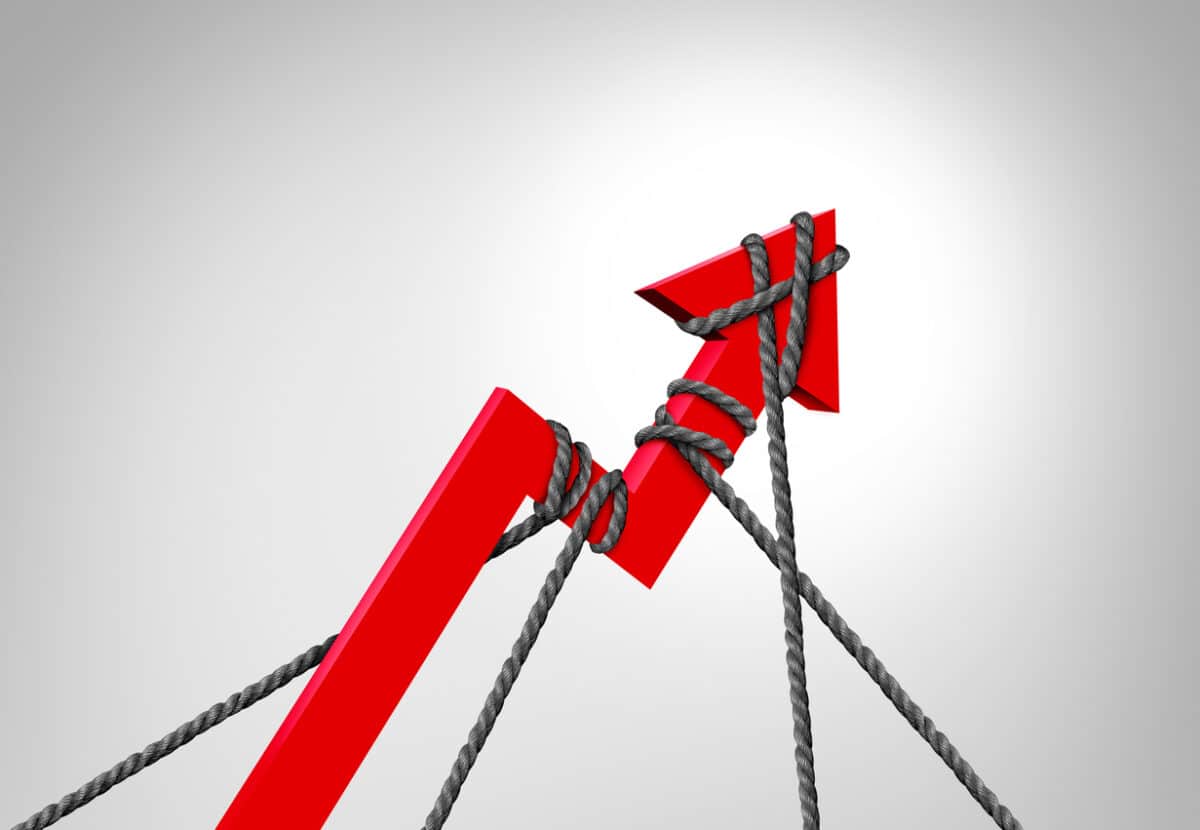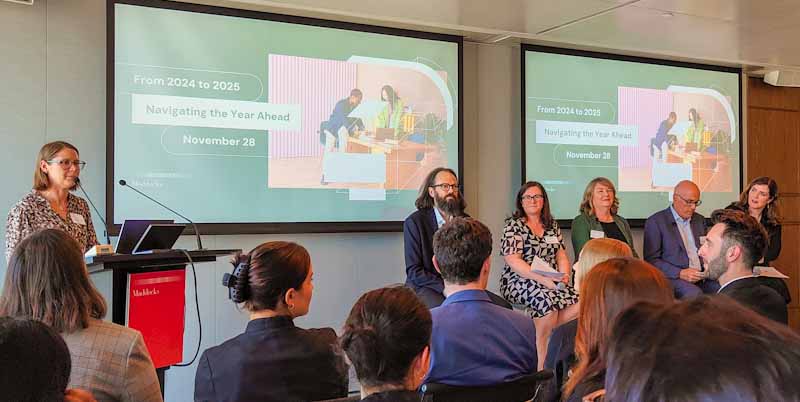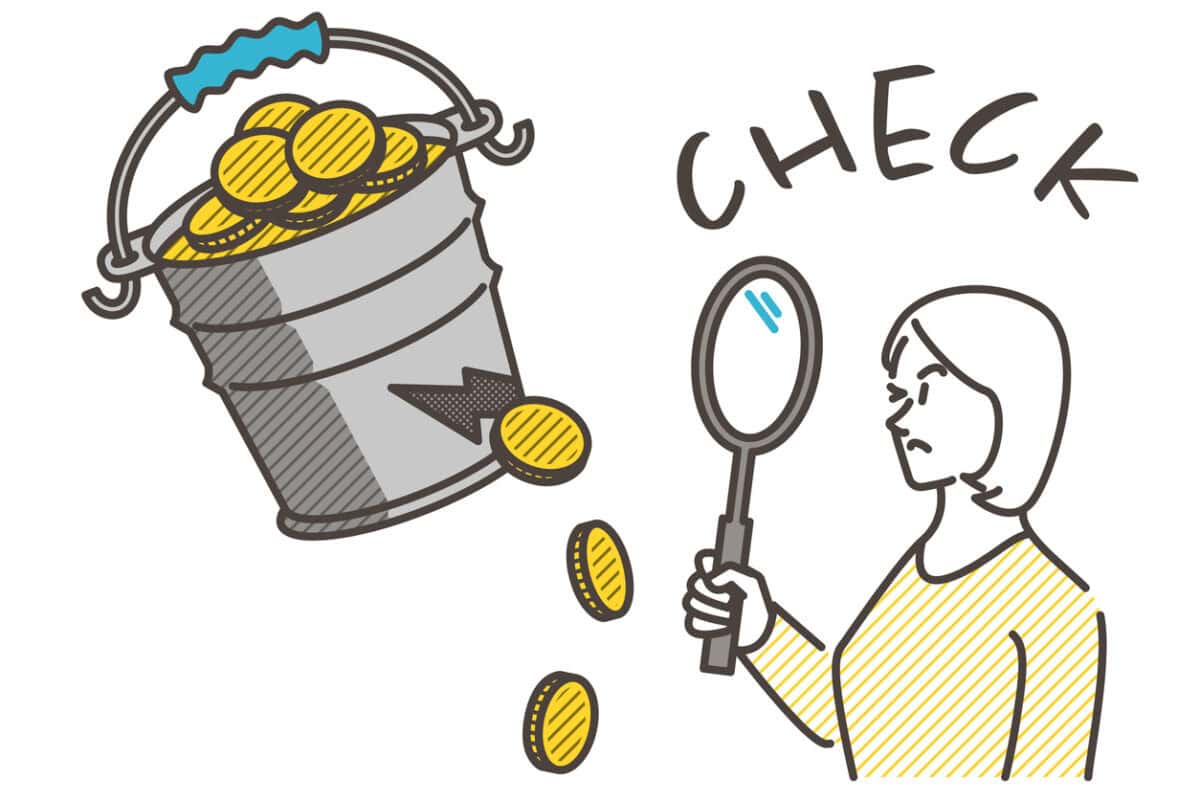Michael Belzer and Michael Quinlan have outlined the economics of occupational health and safety (OHS) in the editorial of the latest edition of The Economic and Labour Relations Review. This contrasts with earlier research about the business case for OHS as it broadens the pool of influences more broadly. They write:
“The economic approaches to OHS in the papers in this issue identify externalities and suggest that incomplete market analysis has created an inappropriate permission to ignore uncompensated costs in labour, product, and service markets; these incomplete markets lead to greater social risk as well as inefficiency. More integrated understandings of OHS are challenging but research performed without them leads to narrow and partial understandings.” (page 483)







